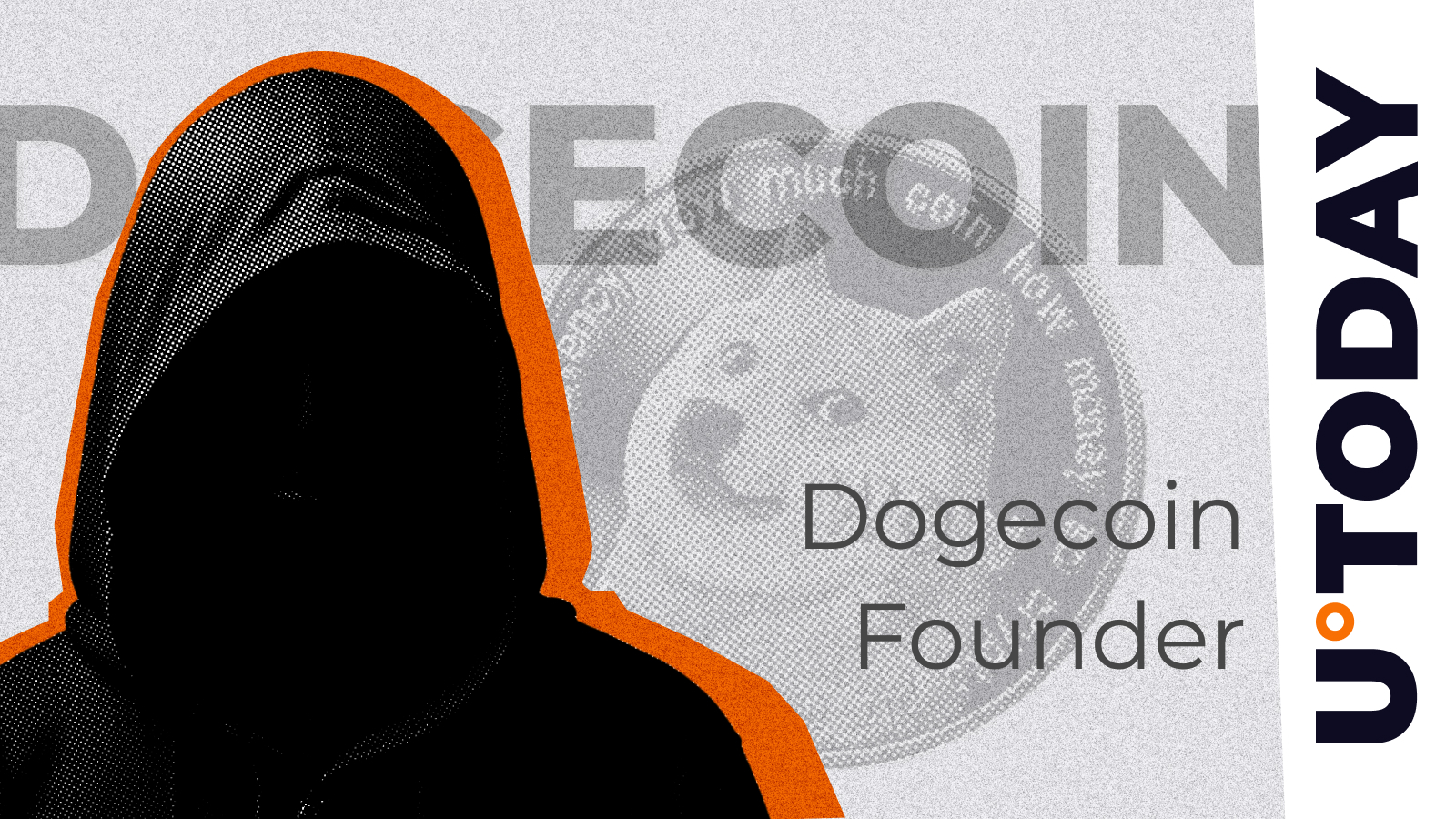ARTICLE AD BOX
In a recent interview, Anatoly Yakovenko, Solana’s founder, spoke to the unique position this ecosystem holds in the blockchain landscape, using its implementation against L2 scaling solutions and other Layer 1 blockchain systems.
Previously he raised questions about the vitality of the Ethereum ecosystem without the contributions from Base, a Layer 2 solution. This query comes amidst observing the metrics of growth shown by Base, particularly in user activities and transaction volumes.
Solana’s Anatoly Yakovenko: L1 Scalability Key, Not L2 Solutions
Anatoly Yakovenko, Solana’s founder, highlighted the unique position of the Solana ecosystem within the blockchain landscape. He contrasted its approach with both Layer 2 scaling solutions and other Layer 1 blockchains.
The podcast he was guest at was a sort of a follow up to his last statements where he questioned the resilience of the Ethereum ecosystem without contributions from Base, a Layer 2 solution, particularly in light of Base’s impressive growth metrics in user activity and transaction volumes.
“Its scalability, infrastructural focus, and transaction efficiency, in my opinion, are three things Solana has on its side,” Yakovenko detailed. Of course, he is also aware of Solana’s challenges in a world where blockchain technology would evolve and platforms would develop further.
Anatoly Yakovenko emphasized Solana’s unique architecture, designed to democratize access to transaction validation. Unlike traditional finance, Solana allows anyone to set up a validator and submit transactions directly, bypassing intermediaries. This level of decentralization, Yakovenko noted, is hard for traditional finance to replicate. While this functionality exists, he acknowledged that scaling it effectively remains a challenge.
New validators face significant barriers, including finding suitable peers for transaction ordering. Amassing enough stake to gain influence on the network is also difficult. Yakovenko believes that Solana’s future depends on regular network optimization. He envisions technical improvements that include higher bandwidth, lower latency, and multiple concurrent leaders per transaction slot. These changes, he suggests, could reduce economic barriers and make it easier for new validators to compete.
By reducing bottlenecks, Solana could foster a healthier, more competitive ecosystem. This would ultimately make the network more decentralized. Yakovenko views Solana’s path to decentralization as an engineering problem, requiring iterative optimizations. Through these efforts, Solana aims to achieve fair and efficient transaction processing.
Highlighting Solana’s Edge Over Ethereum and L2s
Anatoly Yakovenko compared Solana to Ethereum and various L2 solutions, emphasizing the trade-offs between Layer 1 and Layer 2. L2 solutions often use centralized sequencers for low-latency transaction ordering. However, Yakovenko noted that these can lead to the same congestion issues seen on Layer 1 chains. While L2s are often seen as short-term fixes for congestion, they face scaling bottlenecks when multiple applications or markets use them.
He highlighted that Solana’s strategy focuses on building a robust Layer 1 chain capable of supporting high throughput without needing L2 solutions. Another key factor for Yakovenko is synchronous composability, where multiple applications can interact in real-time on a single chain. He believes this is essential for DeFi. In his view, monolithic chains or application-specific L2s can’t support this level of composability, limiting their scalability.
According to Anatoly Yakovenko, the last competitive edge for Solana lies precisely in this regard: its total commitment to synchronous composability at scale-what makes it different from Ethereum and L2 chains. Still, some experts, such as Peter Brandt said that Solana is already breaking into new highs while Ethereum is struggling against an overhead resistance.
The overriding message from Yakovenko is that where Solana has the edge is in execution. While Ethereum is expanding via L2s, the development of Solana remains focused on making its L1 perfect. He admits that one day, a blockchain will come up with features similar to those of Solana and offer faster iterations, but for now, the pace at which Solana is improving places it well ahead of the competition.
For Anatoly Yakovenko, this core of Solana’s potential rests on ironing out its infrastructure to support more equitable, open transaction processing for a truly decentralized future. He says this positions Solana as one of the leading blockchains for years to come.
Teuta Franjkovic
Teuta is a seasoned writer and editor with over 15 years of experience in macroeconomics, technology, and the cryptocurrency and blockchain industries. Starting her career in 2005 as a lifestyle writer for Cosmopolitan, she expanded into covering business and economy for several esteemed publications like Forbes and Bloomberg. Influenced by figures like Don and Alex Tapscott and Laura Shin, Teuta embraced the blockchain revolution, believing crypto to be one of humanity's most crucial inventions. Her fintech involvement began in 2014, focusing on crypto, blockchain, NFTs, and Web3. Known for her excellent teamwork and communication skills, Teuta holds a double MA in Political Science and Law.
Disclaimer: The presented content may include the personal opinion of the author and is subject to market condition. Do your market research before investing in cryptocurrencies. The author or the publication does not hold any responsibility for your personal financial loss.
 2 weeks ago
22779
2 weeks ago
22779









 English (US) ·
English (US) ·